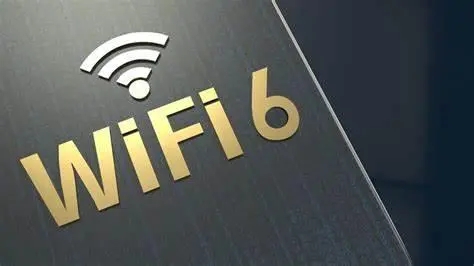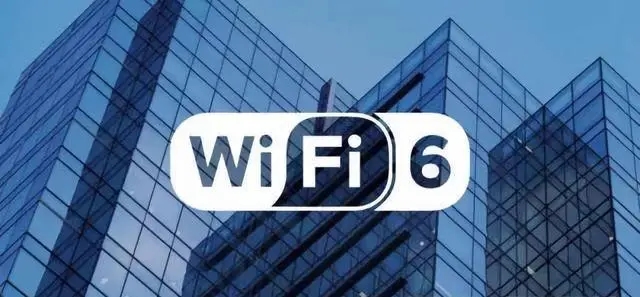With the continuous development of science and technology, people's demand for digital life is getting higher and higher, and the importance of wireless network is also becoming more and more prominent. As a new generation of wireless network technology, WiFi 6 is faster, more stable, and more efficient, and has attracted more and more attention. This article will analyze and discuss WiFi 6 from the aspects of new features of WiFi 6, deployment application scenarios, and market development prospects. Together, we will explore the forward-looking technology of WiFi 6 and its new trends in market development.
Analysis of new features of WiFi 6, WiFi 6 technology introduces many new features, making it more superior than previous technologies. Below we will analyze five key technologies in detail. First of all, OFDMA technology is a key feature of WiFi 6. It divides a single signal that would otherwise be sent all at once into multiple smaller signals, allowing different streams of data to be transmitted simultaneously on different frequencies.

OFDMA technology will not cause signal interference when transmitting data, and it can also allow multiple terminal devices to connect to a WiFi router at the same time. The advantage of this technology is that it can increase network throughput and data transfer rate. The third feature is TWT low power consumption technology, which allows the terminal device to hide in the sleep state for a certain period of time, thereby saving energy and extending battery life.
In previous technologies, terminal devices had to be constantly connected, which would seriously consume batteries and consume bandwidth. In WiFi 6, TWT technology can make the terminal device return to the sleep state within a specific time interval, which can reduce the power consumption of the device and the demand for network bandwidth.The fourth feature is BSS Color technology, which can reduce the collision and interference of WiFi signals in high-density environments. BSS Color technology can divide the data in the WiFi network into multiple logical channels. In this way, logical channels of the same color can be assigned to devices in the same area, and logical channels of different colors can be assigned to devices in different areas to avoid signal interference.

In public places, WiFi 6 technology can provide users with a better experience. High-density places, such as airports, hotels, shopping malls, etc., often encounter network congestion and signal interference problems. In this case, WiFi 6 technology can provide users with faster response speed and more stable connection, making the user's network experience smoother. TWT technology can save power for user equipment and increase usage time.
 Trolink Joint With Tuya to Make Iot Benefit Every Family
Trolink Joint With Tuya to Make Iot Benefit Every Family
 5 Key Indicators for WiFi Module Selection You Have to Know !
5 Key Indicators for WiFi Module Selection You Have to Know !
 IOT module is the brain of smart products
IOT module is the brain of smart products
 What is the signal coverage range of the WiFi module chip?
What is the signal coverage range of the WiFi module chip?